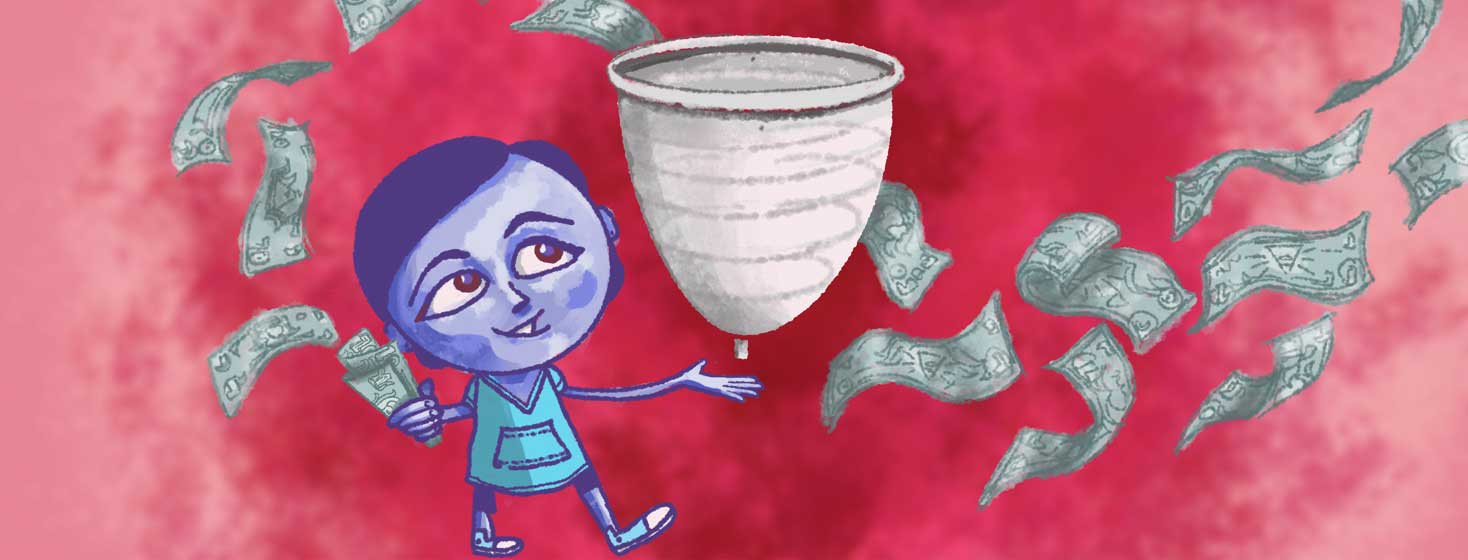How Endometriosis Impacts My Financial Wellness
Many people know that endometriosis is a painful condition. When I was diagnosed with endometriosis, I wondered how the chronic illness would impact my emotional and physical well-being. However, the financial pressure that endo warriors experience can be a more taboo topic.
Financial wellness is a vital part of our overall well-being. Yet some of us do not have insurance, and some live on a shoestring budget.
Getting diagnosed with endometriosis can be an expensive endeavor. On average, a person with endometriosis endures for ten years before they're finally diagnosed.
How endometriosis affects financial health
Doctor visits and laparoscopic tests can be prohibitive for those with limited or no health insurance.
But even after you're diagnosed, endometriosis demands you pay a toll. You may need to pay for excision procedures or other treatments to manage your endometriosis.
If you bleed heavily or irregularly, you may rack up monthly costs for pads and tampons. This is called period poverty, which means many menstruating people struggle to purchase the hygiene products they need and pay their other bills.
These medical expenses are necessary for many people to help them live a better, less painful life. In other words, medical treatments for endometriosis are important to improving our quality of life, but medical inequities sometimes make these treatments less accessible to impoverished or working-class patients.
I am not a financial advisor, so I do not have an easy solution to this issue. That's the complicated thing about our health.
Some factors, such as our prosperity, are not always in our control. However, we can try to make thoughtful choices to give ourselves the best chance at success and wellness.
Improving my financial well-being
Here are two ways that I am trying to bolster my financial wellness as I cope with endometriosis:
Reusable menstrual products
I scoured my local big box stores and pharmacies for menstrual cups a decade ago. Customers had a limited array of options for menstrual cups or discs.
I remember finally tracking down a Diva Cup and feeling shocked when I saw the price tag. Now, the reusable industry has come a long way.
Customers can easily find budget-friendly menstrual cups for around $10. Using reusable menstrual products has helped me cut out the monthly cost of buying pads and tampons.
Consulting my local health clinics and Planned Parenthood
When I first started trying to get diagnosed with endometriosis, I soon became frustrated that I was stuck paying doctor bills even when those doctors did not seem to take me seriously. Even when I needed to consult about the pros and cons of different diagnosis possibilities, I still had to pay for the doctor's visit.
Fortunately, there were community health resources that could offset some of this financial burden. I found out that I qualify for free visits and basic physical exams at my local health clinic.
I could request education and some more basic health information from my local health clinic that helped me get more specific information about my menstrual health. But when I searched for a gynecologist or specialist, I worried about how I could afford the costs of getting second or third opinions from different doctors.
At the time, my local Planned Parenthood did not provide the examination procedures that I needed. But the doctors and nurses were eager to refer me to gynecologists who had a strong reputation in our community. They even advised me about how I could request payment plans or discounts from local gynecologists.
Endometriosis takes a toll on my life and my wallet, but with community support, I can manage.
How has endometriosis impacted your financial wellness? Comment below with your experiences and your suggestions.

Join the conversation